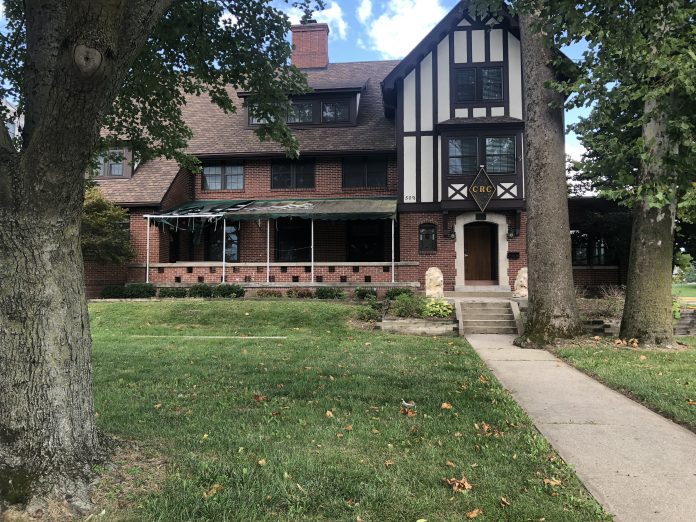

In May 2018, The DePauw published an article detailing the re-establishment attempts being made by Sigma Alpha Epsilon (SAE) Fraternity on DePauw University’s campus. With a new Interfraternity Council Advisor and more than four months later, several key details are still unclear.
“Unfortunately, I can’t provide specifics...but from what I have heard, yes, SAE is going to have a presence on campus,” Evan Downey said. “Now, the extent of that presence I am [unaware of], so as I get further into learning recruitment then I will probably know more. At this time, I know that they will be around, but who ‘they’ is and what their contributions are, I’m not entirely sure.”
It is easy to assume that the return of SAE to DePauw is inevitable, but Johnny Sao, director of communications and media spokesperson for Sigma Alpha Epsilon, said otherwise in an email to The DePauw.
“The Fraternity Service Center of Sigma Alpha Epsilon is in preliminary discussions with DePauw University regarding the undergraduate group’s return to campus. No definitive decisions have been made at this time,” Sao said.
Between the original departure of Sigma Alpha Epsilon and earlier this year, DePauw had been leasing the former SAE house from the national organization as a temporary housing for the Dorothy Brown House. If you walk past the building today, you will see all the signs indicating it was a Cultural Resource Center missing. According to Sao, this lease for the house was not renewed this year due to “a number of ongoing projects at the property.”
Regardless of the status on the return of the Indiana Delta chapter of SAE, Downey remains hopeful about the re-establishment of the chapter.
“It gives us a group of men, another option [for students going through recruitment],” Downey said. “I think that options are never a bad thing to have, so to bring that history and tradition back [to DePauw] could be beneficial.”
The DePauw reached out to Kyle Shatto, Coordinator of Chapter Development for Sigma Alpha Epsilon’s national organization, but did not receive a response by the time this article was published.
